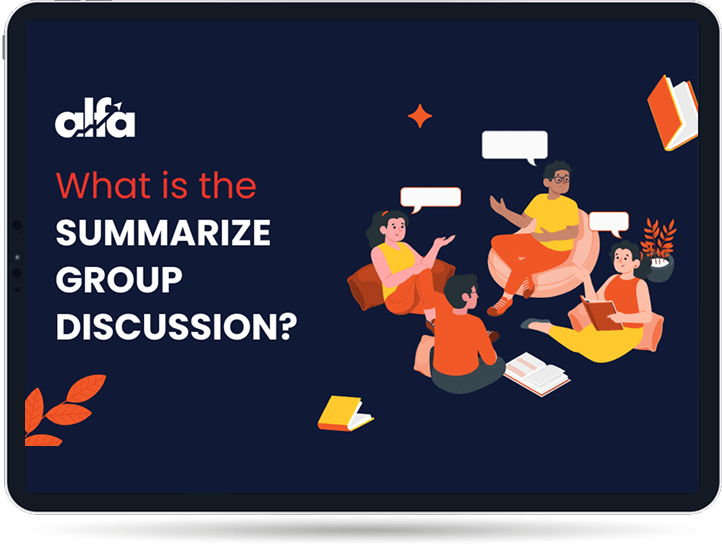Understanding the Summarize Group Discussion in PTE Academic / UKVI
Prior to its formal intro in the PTE Academic and UKVI editions on August 7, 2025, the Summarise Group Discussion task was a practical item in the PTE test. It is presently considered an essential part of the PTE Speaking section, despite being a newly added job.
This task considers your capacity to listen to a short group discussion and summarize the essential points clearly and accurately. It considers your listening awareness, analytical skills, and spoken fluency—all required for academic and real-world communication.
You’ll be required to deliver a well-organized summary that grabs the primary ideas given by different speakers, using clear and concise language.
Excelling in this task can seriously boost your Speaking and Listening scores. With constant practice and an attentive preparation strategy, you can develop the skills to respond confidently and actually on test day.













